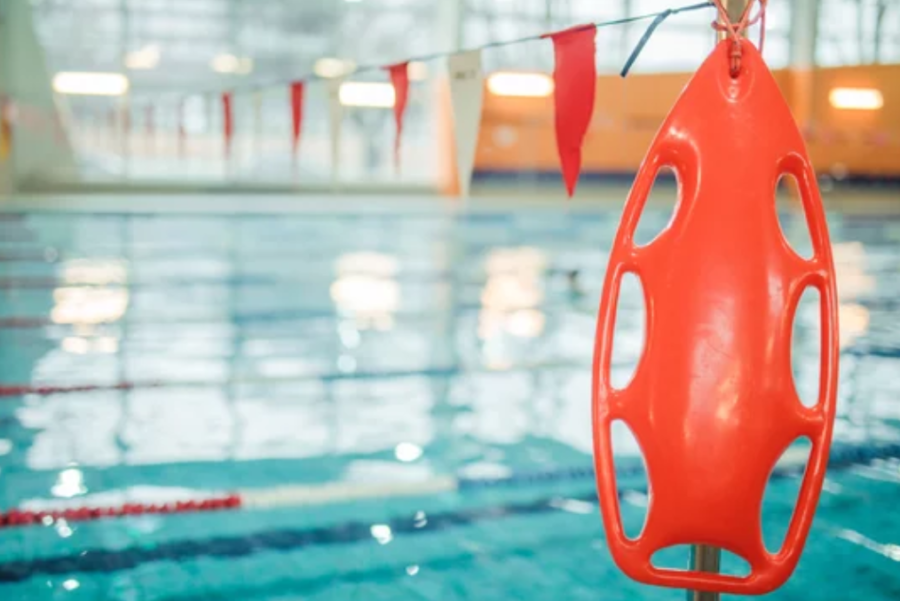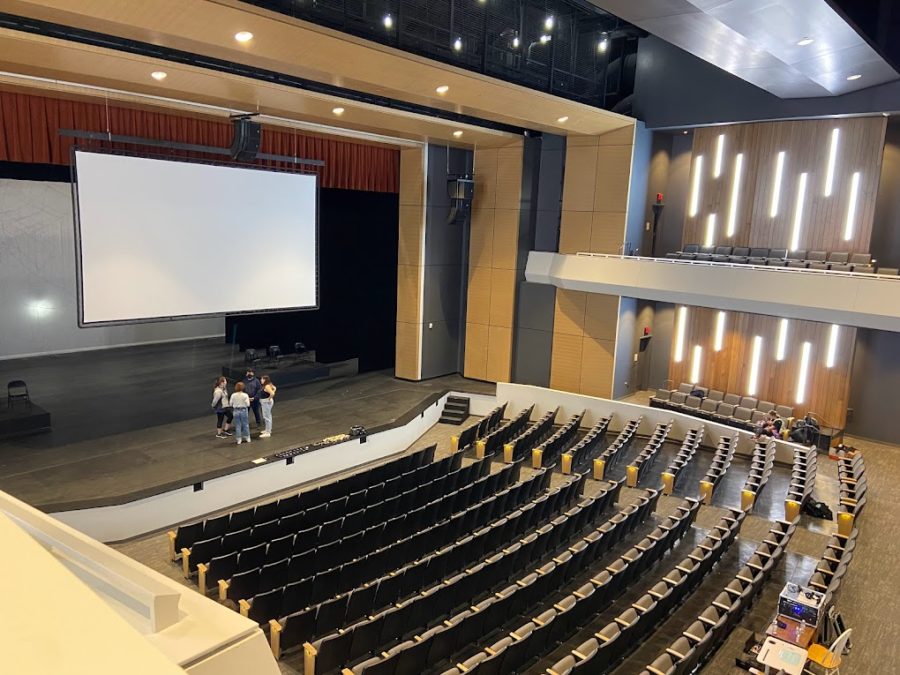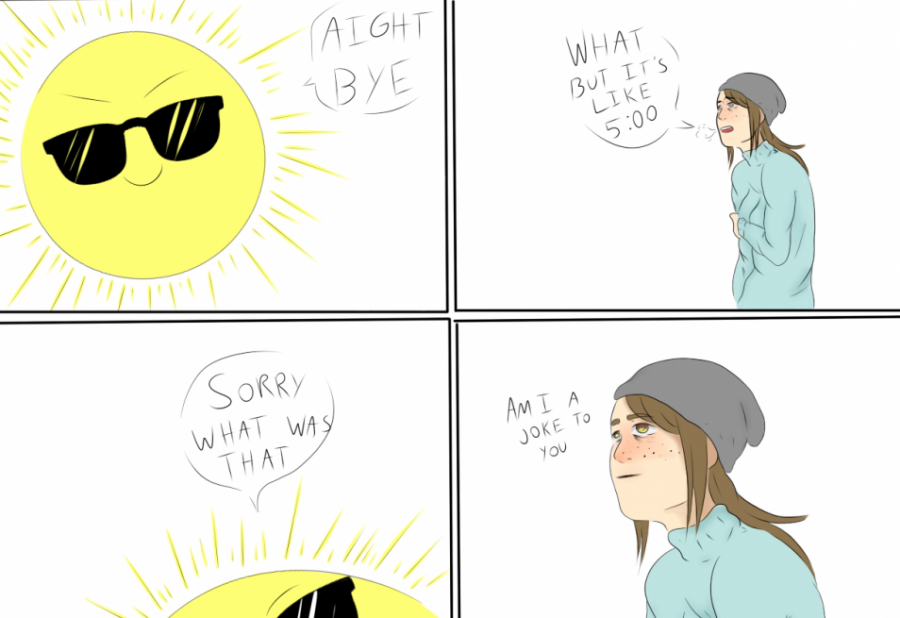Studies show that for maximum performance, humans should be getting about eight hours of sleep. Unfortunately, for many people eight hours is more of just a legendary number that will never be achieved. Even though the eight hours may not be achieved, some sleep theories claim the body can perform at maximum performance with just six hours or even as little as two. Sleep cycles are defined by the phases in which a person sleeps. The three major types of sleep cycles are monophasic, biphasic, and polyphasic. Monophasic sleep: By far the most common type of sleep cycle. Monophasic sleep is what most people do in which sleep happens in one phase. This one phase is usually at night. Eight continuous hours is ideal for monophasic sleep.. Biphasic sleep: Sleep is acquired with two phases of sleep daily. These two phases are best if they are placed evenly 12 hours apart (for example, 4-7 a.m. and 4-7 p.m.). Most people find the transition to biphasic sleep no extremely difficult seeing as it is essentially just adding a nap into the day and shortening nighttime sleep. About six hours (two three hour naps) is ideal for biphasic sleep. Polyphasic sleep: Six phases are required throughout the day in polyphasic sleep. Polyphasic sleep is by far the most radical type of sleep cycle. Sleep in divided into six short naps. A nap is taken every four hours and naps range from 20-40 minutes. Polyphasic sleep is the hardest to adapt to seeing as it can be difficult to fall asleep in a mere 20 minutes. Most users of polyphasic sleep claim it takes about two weeks to get accustomed to and that a strict sleeping schedule must be followed. Users claim that as little as a total of two hours of sleep a day is necessary. Any students considering changing their sleep cycle should immediately rule out polyphasic sleep. Anyone determined to try this sleep cycle should start during the summer when they have two weeks that can be put to waste. To get the body to be able to fall asleep immediately and for only 20 minutes takes a lot of intense training. To start out, the body must be sleep deprived until it essentially hits its shutdown point. When the body hits the point of shutting down, only 20 minutes of sleep can be allowed until four hours later. This can be extremely dangerous due to accidents that can be caused such as falling asleep while operating a vehicle because of extreme fatigue in the first two weeks. Also, the body will be so tired that any studentâs grades would surely drop. Studies by the University of Pennsylvania School of Medicine showed that show that when students get an abnormally low amount of sleep, cognitive performance declines. Polyphasic sleep sounds like an interesting idea but is just not practical in our society. Biphasic sleep is a much easier transition and can also buy a couple more hours of time that the person is awake. I tried biphasic sleep and was very pleased with the results. I slept from roughly 3:30-6:00 twice a day. The first day it was difficult to fall asleep in the afternoon and I did not feel refreshed in the morning. By about three days into the new sleep phase, I felt more energetic in my daily tasks and more relaxed throughout the day. Biphasic sleep is very practical for students who do not have a commitment after school. Most students could not manage to live off of two hours of sleep a night and should be warned against polyphasic sleep. Monophasic sleep is by far the most practical to use as a student but biphasic sleep is also plausible and can be beneficial depending on the individual person.
Categories:
Poly-what?? The basics of polyphasic sleep
Kevin Arritt
•
March 8, 2007
Story continues below advertisement
0
Donate to The WEB
$125
$450
Contributed
Our Goal
Your donation will support the student journalists of Ames High School, and Iowa needs student journalists. Your contribution will allow us to cover our annual website hosting costs.



























